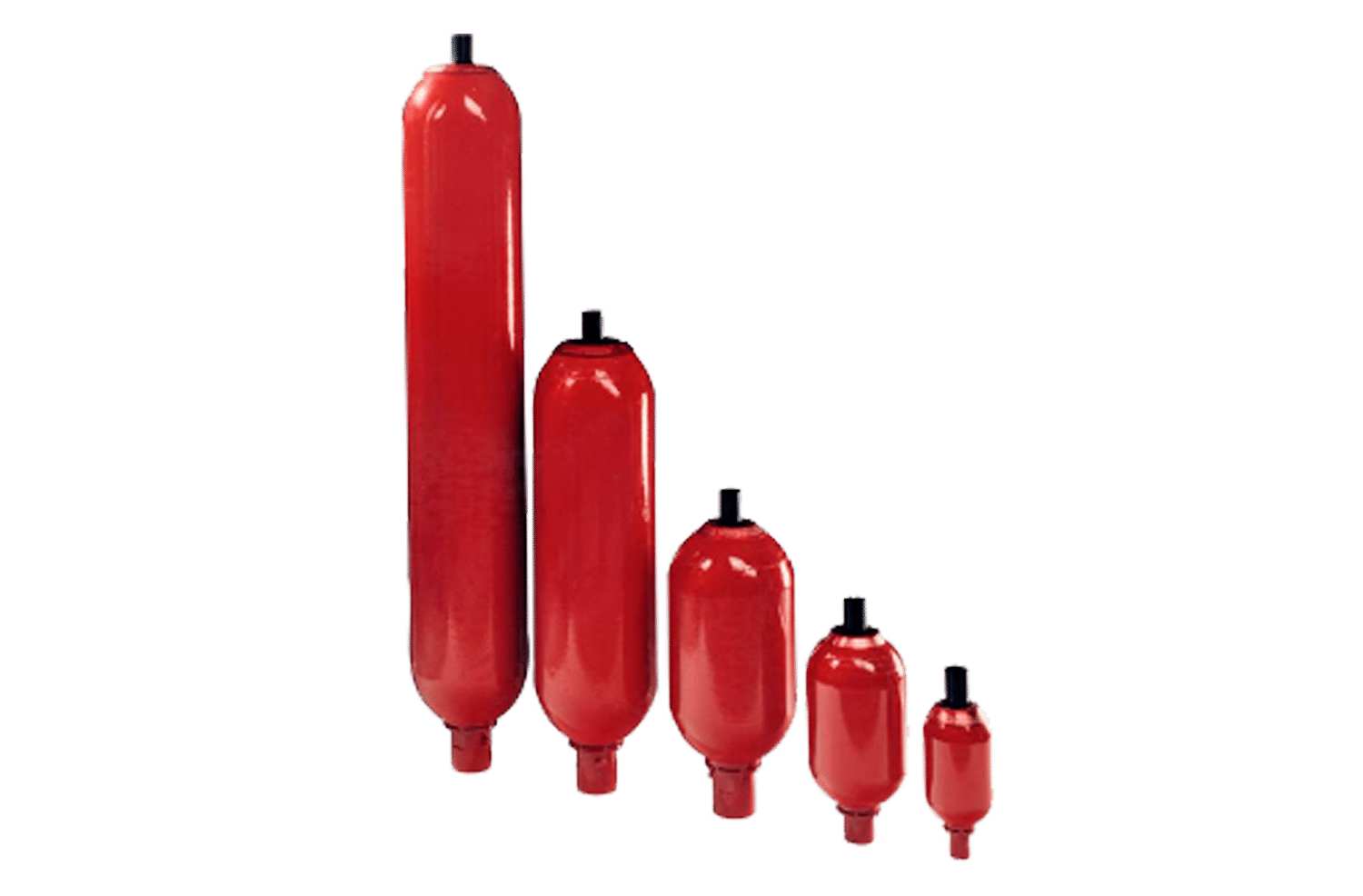The ACCUMULATORS for wind turbines are used, together with the hydraulic power units to control the pitch of the blades, as an auxiliary energy storage device (to rotate the blade in an agile and safe way to a neutral position in extreme wind conditions) and, in the event of a power failure, as a source of power to activate the brake calipers of the high-speed axle and yaw brake systems. Therefore, it must always maintain enough pressure to guarantee its response, and consequently the optimal performance of the wind turbine.
This website uses cookies so that we can provide you with the best user experience possible. Cookie information is stored in your browser and performs functions such as recognising you when you return to our website and helping our team to understand which sections of the website you find most interesting and useful.
